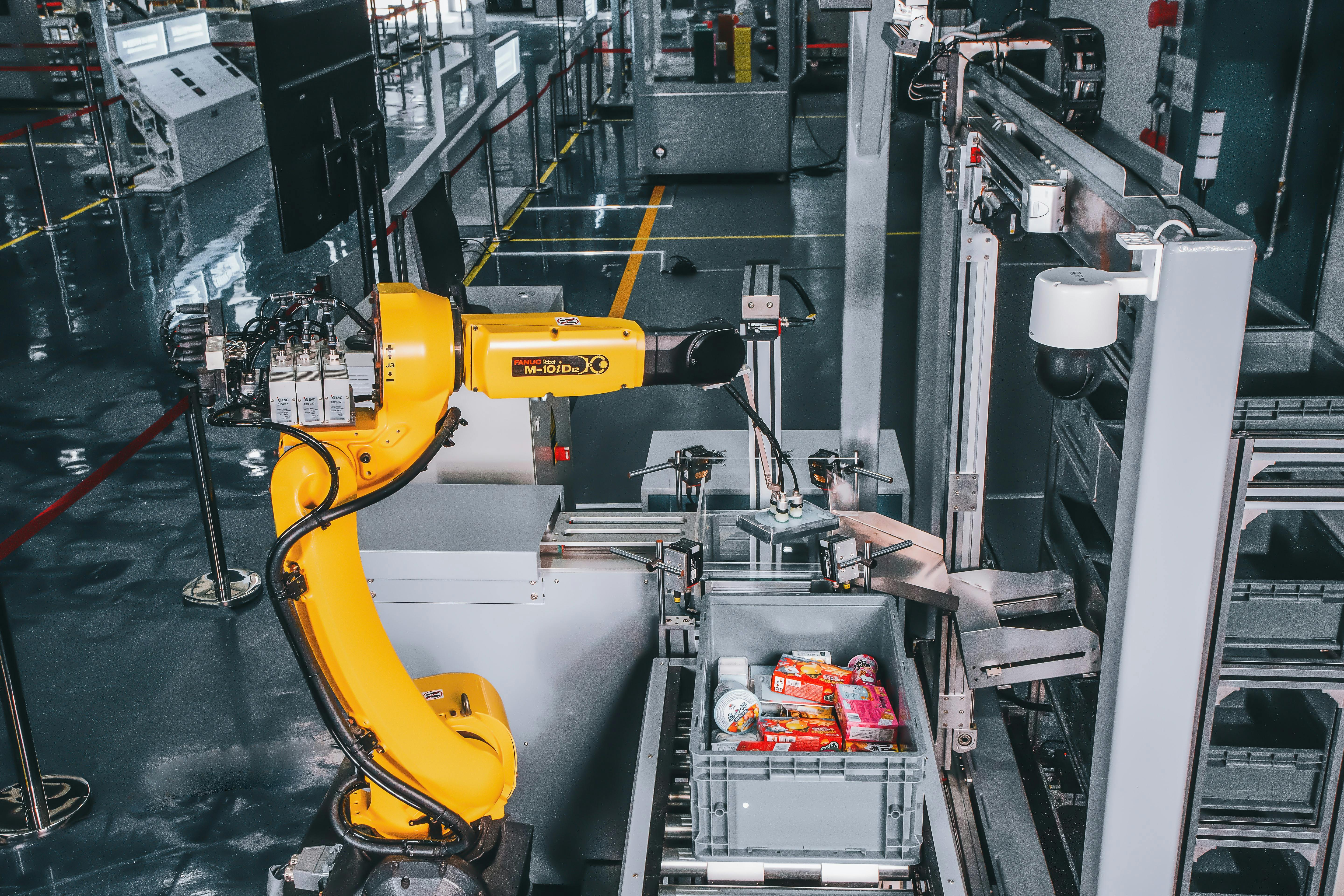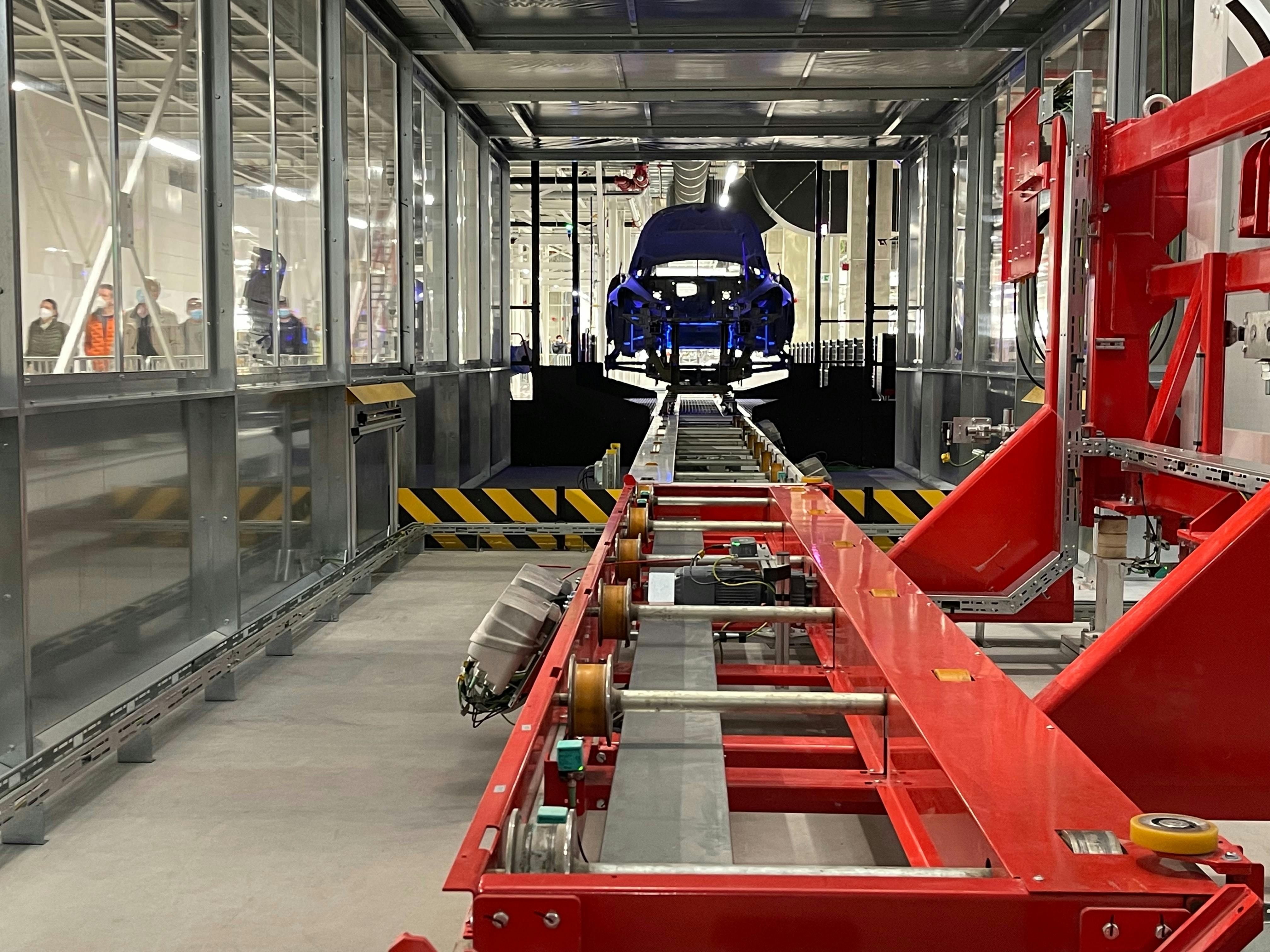
Photo Credits: Max LaRochelle
You've probably heard the term "predictive maintenance" before, but have you ever wondered what predictive maintenance is? How it works, and what the difference between predictive and preventative maintenance is?
Predictive maintenance involves identifying machinery problems before they cause damage and taking action to prevent them. The goal is to fix the issue before it occurs.
It's important to note that predictive maintenance isn't just about fixing issues; it's also about preventing them from happening in the first place. In other words, predictive maintenance can be thought of as a preventative measure that helps you avoid costly breakdowns, so you save money by keeping machines running well.
The world of maintenance can be pretty confusing. It's hard to track what you're supposed to do when you're supposed to do it, and why.
That's why we've compiled a handy guide for you. It'll help you sort through all the jargon and better understand what predictive maintenance is, how it works, and how it can help your business.
What is Predictive Maintenance?
Predictive maintenance is a system that allows companies to predict when certain parts of their machinery will need repair or replacement. The idea behind predictive maintenance is that if you know when something will break down, you can replace it before it breaks down or fix it before it goes wrong—thus saving yourself time and money!
How Does Predictive Maintenance Work? And Condition-Based Monitoring vs. Predictive Maintenance?
Predictive maintenance works in two main ways: with sensors or algorithms. Sensors use physical data such as vibration, pressure, or temperature to determine whether a machine needs repairs. Algorithms use information about historical usage patterns to predict when a device will fail based on its previous performance history. For example, if a machine has broken down twice in one year but never before (or only once every five years), then we might assume that this year is more likely than in other years for us to experience problems with this machine again.
In addition, condition monitoring is another form of predictive maintenance in which the machine monitors its conditions and reports any problems directly to central command via wireless communications. This allows companies to get early warnings about potential issues without having to install any additional hardware or software on their equipment—which saves money and time and increases efficiency by reducing human error regarding repairs or replacements.

Photo Credits: Mech Mind
What is the Difference Between Predictive and Preventive?
There are several differences between predictive and preventive maintenance:
- Predictive maintenance can spot possible asset breakdowns before they happen. Using data analysis tools to control equipment conditions and performance during routine operations reduces the likelihood of failure.
Preventive maintenance can prevent equipment failures and extend the useful life of your assets.- Preventive maintenance involves systematically analyzing equipment where potential malfunctions are detected and corrected to prevent equipment failure. In practice, a preventive maintenance schedule may include cleaning, lubrication, oil changes, adjustments, repairs, inspecting and replacing parts, and partial or complete overhauls regularly scheduled. To better explain preventive maintenance, we can use an example of an annual physical check-up.
Why is Predictive Maintenance Important?
An operation's reliability and overall maintenance can be significantly enhanced by using predictive maintenance insights. Benefits comprise:
- reduce the frequency of unforeseen failures;
- increase asset dependability and asset uptime;
- lowering operational expenses by simply doing maintenance as required;
- increase production hours;
- increase security;
- lower maintenance expenses by cutting back on labor, inventory, and equipment.

Photo Credits: Mech Mind
How does the Emitu Platform Offer a Predictive Maintenance Solution?
Improving maintenance planning can lead to significant savings in asset-intensive industries. With IoT-based predictive maintenance, you can monitor, maintain, and optimize assets for greater availability, usage, and performance. Operators may visualize, cross-filter, and interact with these datasets using the Emitu Platform to offer breakthrough efficiency. Our platform provides operators with quick insights thanks to millisecond querying and filtering from sensors, PLCs, or third-party software. Maintenance technicians can visually identify equipment anomalies and patterns, anticipate failures before they happen, and perform corrective maintenance at the most advantageous time with the help of our platform's sophisticated smart templates powered by low-code
The future of intelligent manufacturing is bright. Technology is still developing and growing, but it's already impacting the industry as we know it today. With these innovations, companies can better understand their supply chains and efficiently use resources—saving time, money, and energy. The real challenge will be getting businesses to adopt these new technologies by demonstrating their value through real-world examples like those described above! So the real question is, are you ready to embrace the future of industry 4.0.?